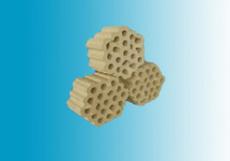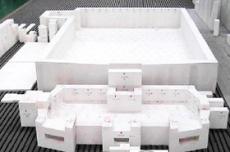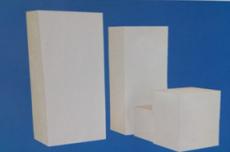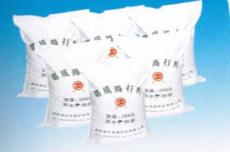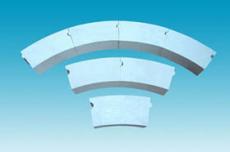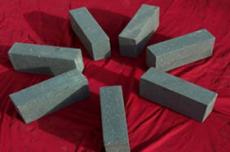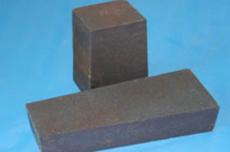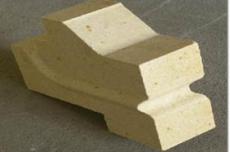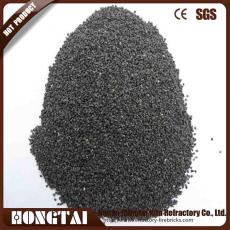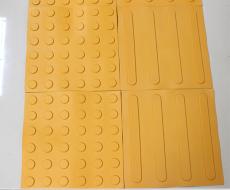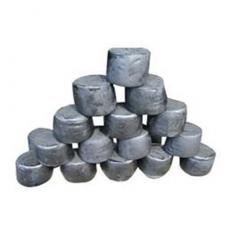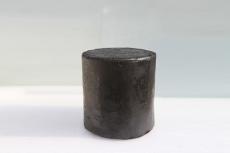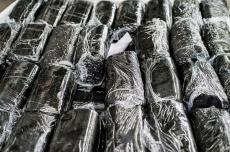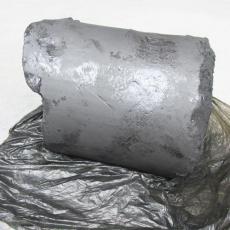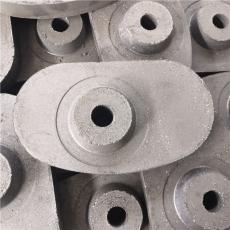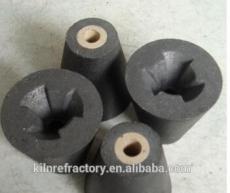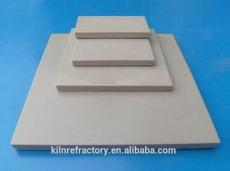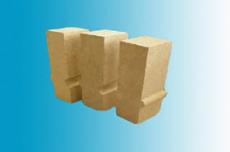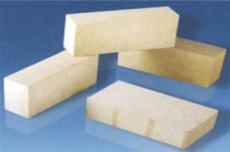
Production process of corundum bricks Corundum bricks are high-purity refractory materials made of corundum (Al₂O₃ content ≥ 90%) as the main raw material. Its production process needs to take into account both the purity of the raw materials and the high-temperature performance. The specific process is as follows:
1. Raw material preparation Main material:
Electrofused corundum: It is made by melting alumina (Al₂O₃) in an electric arc furnace and then cooling and crushing. It has high purity (Al₂O₃≥99%), coarse grains, and excellent high temperature resistance and wear resistance.
Sintered corundum: Industrial alumina powder is sintered at 1600~1800℃. The cost is lower than that of electrofused corundum and is suitable for medium and high temperature scenes.
Auxiliary materials: Binders: such as water glass (sodium silicate), phosphates (such as aluminum dihydrogen phosphate), clay, etc., are used to enhance the bonding force during blank molding.
Micropowders: such as silicon dioxide (SiO₂), alumina micropowder, fill the gaps between particles, and improve density and strength.
2. Batching and mixing According to the product performance requirements (such as Al₂O₃ content, use temperature), accurately proportion corundum aggregate (coarse particles) and fine powder (≤0.088mm), usually aggregate accounts for 60%~80%, and fine powder accounts for 20%~40%.
Use a forced mixer to mix, first dry mix evenly, then add binder to wet mix, to ensure that the material humidity is consistent (water content is about 5%~8%).
3. Molding Pressing: Use a hydraulic press (pressure can reach 100~300MPa) to press the mixture into shape, suitable for standard bricks and special-shaped bricks.
Key control: pressure uniformity, holding time (to avoid stratification or cracking).
Isostatic pressing: used for high-demand products (such as ultra-thin bricks, complex-shaped bricks), uniformly transmit pressure through liquid media, more uniform density, and higher strength.
Casting: suitable for large-size or special-structure bricks, the slurry is injected into the mold and demolded after curing.
4. The dried and formed green body needs to be dehydrated in a drying kiln. The drying temperature is usually 100~150℃ and the time is 12~48 hours.
Target: Reduce the moisture content to below 1% to avoid cracking due to intense evaporation of water during firing.
5. Low-temperature preheating for firing: slowly raise the temperature to 400~600℃ to remove volatiles in the binder (such as phosphate decomposition).
High-temperature sintering: ordinary corundum bricks: 1600~1750℃, keep warm for 2~4 hours, and form a dense structure through sintering between particles.
High-purity corundum bricks: 1800~1900℃, even use electric melting furnaces to directly melt and form, further improve density and refractoriness (refractory ≥1770℃).
Cooling: slowly cool to room temperature with the furnace to avoid internal stress caused by rapid cooling.
6. Processing and inspection Mechanical processing: cutting, grinding, drilling, etc. of bricks to meet the dimensional accuracy requirements of kiln masonry (error ±1mm).
Performance testing: Physical indicators: bulk density, apparent porosity, compressive strength at room temperature.
High temperature indicators: refractoriness, load softening temperature (≥1700℃), thermal shock resistance (1100℃ water cooling cycle ≥5 times).
Chemical indicators: Al₂O₃ content, impurity (Fe₂O₃, CaO, etc.) content.
Use of corundum bricks Corundum bricks are widely used in extreme industrial environments with high temperature, high corrosion and high erosion due to their high purity, high temperature resistance and erosion resistance. Specific scenarios include:
1. Steelmaking furnaces in the metallurgical industry: furnace bottom and furnace wall lining, replacing traditional magnesia carbon bricks to resist molten steel erosion and slag erosion (such as stainless steel smelting furnaces).
Blast furnace: hot blast furnace vault and combustion chamber, withstand 1400~1600℃ high temperature and dust-containing air flow scouring.
Nonferrous metal smelting: aluminum electrolytic cell lining, copper/zinc smelting furnace wall, resist fluoride and sulfide corrosion.
2. Glass industry glass kiln: melting part, liquid flow hole, blast hole, withstand glass liquid erosion above 1500℃ and alkali vapor corrosion.
Advantages: Compared with silica bricks, it has stronger resistance to glass liquid penetration and can extend its service life by 30%~50%.
3. Chemical and ceramic industry chemical kiln: caustic soda and soda ash production furnace lining, resist strong alkaline media (such as NaOH, Na₂CO₃) erosion.
Ceramic shuttle kiln/tunnel kiln: kiln car table, fire wall, resistant to frequent temperature fluctuations (excellent thermal shock resistance).
4. High temperature experimental equipment for refractory materials and special industries: laboratory resistance furnace, molten metal crucible, used for scientific research or small batch melting process.
Aerospace and military industry: special high-temperature furnace lining (such as missile engine test furnace), withstanding instantaneous ultra-high temperature (≥2000℃).
The core of corundum brick production lies in high-purity raw material control and high-temperature sintering technology, and its performance directly depends on the Al₂O₃ content and microstructure. As the industry develops towards high temperature and high efficiency, the demand for corundum bricks in the field of high-end refractory materials will continue to grow, especially in emerging industries such as new energy (such as lithium battery calcining furnace) and hydrogen energy.
